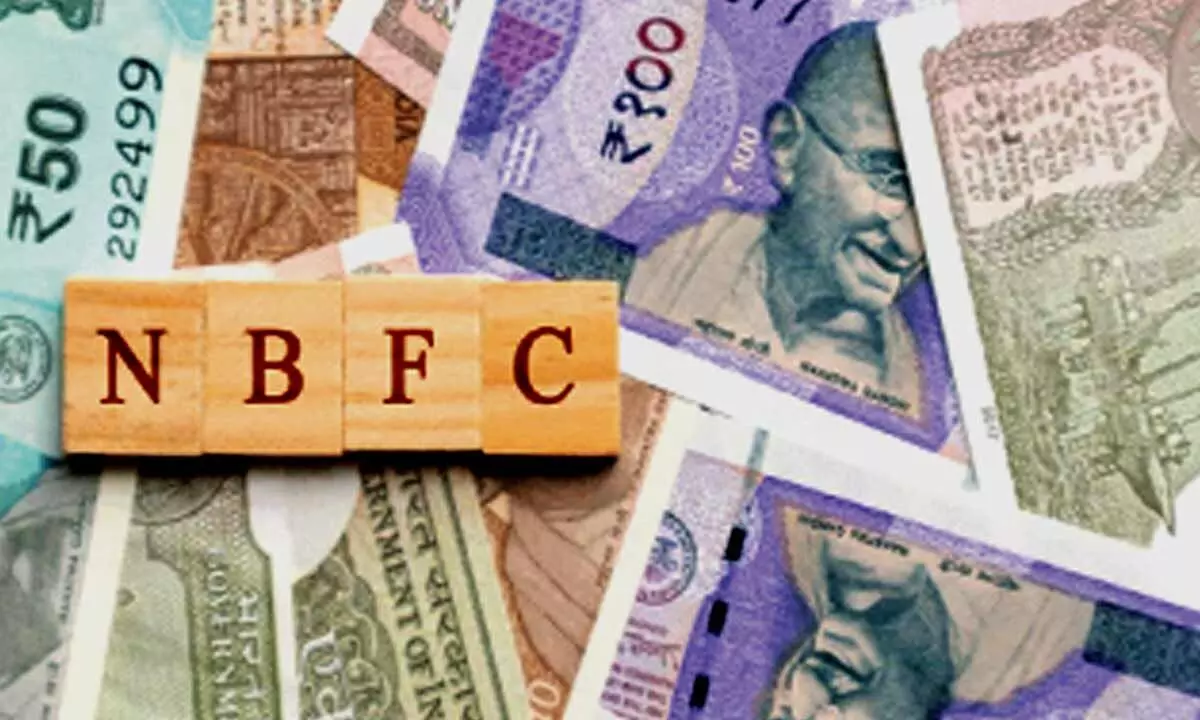Improved asset quality to ease margin pressure at NBFCs & HFCs
Registered an improvement in FY22Q4 with low impact of Omicron Covid-19 variant and slippage from the restructured book
image for illustrative purpose

Factors Enhancing Asset Quality:
- Substantial reduction in GS3for NBFCs in Q4, almost pre-Covid level
- Higher focus on collecting from the 30-90 overdue bucket as per IRAC
- Continue to carry higher provisions to deal uncertainties
- Lower Slippage from the restructured book than expected
However, Icra expects NBFC/HFC net profitability (ROMA) for FY2023 to remain at the same levels as FY2022 around 2.3-2.5% and 1.6-1.8%, respectively
Mumbai: Improvement witnessed in the asset quality could partially offset the expected margin pressures of NBFCs and HFCs in the current fiscal.
Non-banking financial companies (NBFCs excluding housing finance companies-HFCs) and HFCs registered an improvement in their asset quality in Q4 FY2022 as the impact of the Omicron variant of Covid-19 was minimal and the slippage from the restructured book was lower.
Entities augmented their collections in view of the tighter Income Recognition, Asset Classification and Provision (IRAC) norms, which are applicable from October 2022. NBFC write-offs remained elevated and marginally higher than the last fiscal, while HFC write-offs were modest, an Icra study says.
The gross stage 3 (GS3) for NBFCs reduced substantially during the quarter, reaching almost the pre-Covid level, while the improvement was relatively moderate for HFCs. NBFC GS3 reduced to 4.4 per cent in March from 5.7 per cent in December. HFCs GS3 moderated, in line with ICRA's expectation, and stood at 3.3 per cents vis-à-vis 3.6 per cent in the year-ago period.
While the overall GS3 was expected to reduce steadily from June 2021 level, a circular and the consequent alignment of GS3 in line with this circular by many entities led to a stable GS3 number between September and December.
The RBI, vide its circular of February 15, provided some relaxation to the implementation of the tightened IRAC norms. However, as expected, most of the entities which had already aligned their GS3 reporting with the tighter IRAC norms (entities can continue reporting GS3 as per IndAS, i.e. 90 day past due basis and, non-performing advances (NPAs) as per IRAC, if they choose to) continued to focus on collections and did not avail the deferment provided by the RBI. Higher focus on collecting from the 30-90 overdue bucket, vis-à-vis the 60-90/90+ bucket in the past, supported asset quality.
"Slippage from the restructured book, especially for NBFCs, was lower than expected, which also favourably contributed to the asset quality performance. The standard restructured book of NBFCs is estimated to have reduced to 2.7-3.0 per cent in March 2022 from the peak of 4.5 per cent in September 2021, while the same for HFCs moderated to 1.4-1.6 per cent from 2.2 per cent during the above-mentioned period. The performance of this book would remain a monitorable, considering the weakening macroeconomic/operating environment and the balloon repayment schedule of some of these loans," says A M Karthik, Vice President, Financial Sector Ratings, ICRA.
Profitability of the players during the Covid-19 pandemic was supported by the favourable cost of funds, even when entities faced a growth slowdown; had higher on-balance sheet liquidity leading to negative carry; built up their provisions in view of the uncertainties around the pandemic and undertook sizeable write-offs without significantly impacting the earnings.
Although the GS3 has moderated, entities continue to carry higher provisions. This would provide them with some room to deal with pressure on the margin in the current fiscal as their borrowing rates are going up. As a base case, Icra expects NBFC/HFC net profitability (return on average managed assets, ROMA) for FY2023 to remain at the same levels as the last fiscal. NBFC and HFC RoMA for FY2023 are expected to be around 2.3-2.5 per cent and 1.6-1.8 per cent respectively, similar to FY2022 levels, he added.

